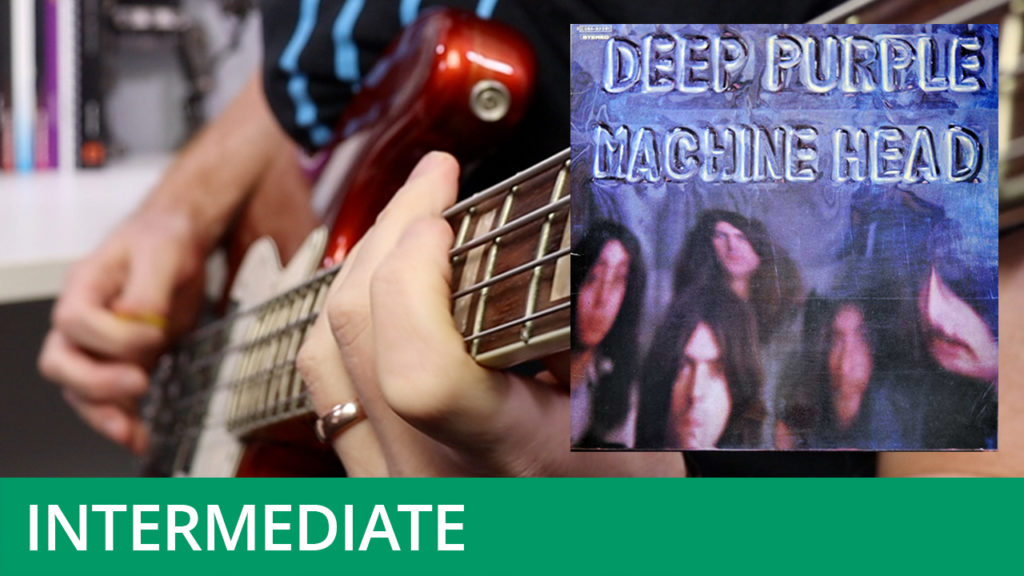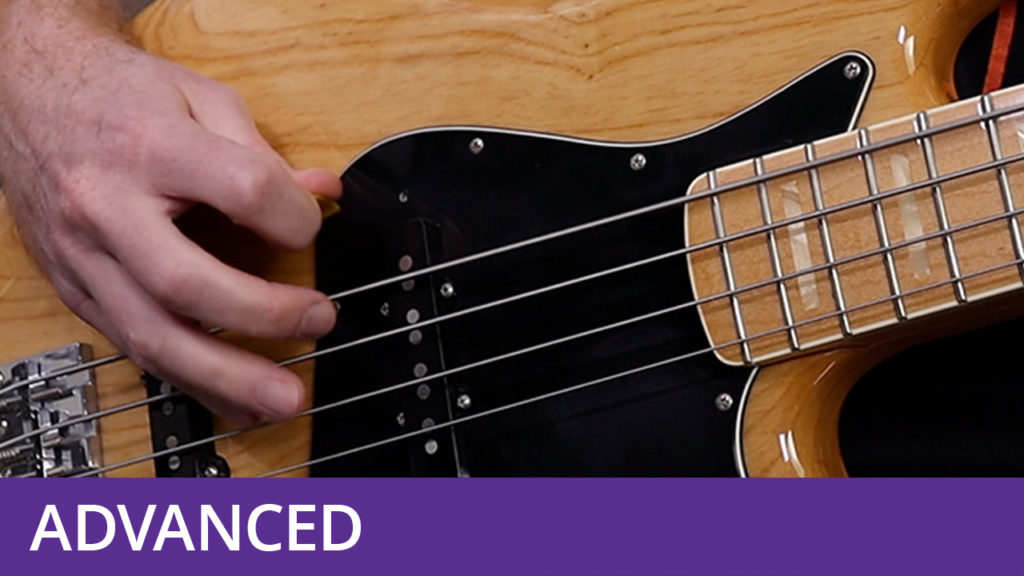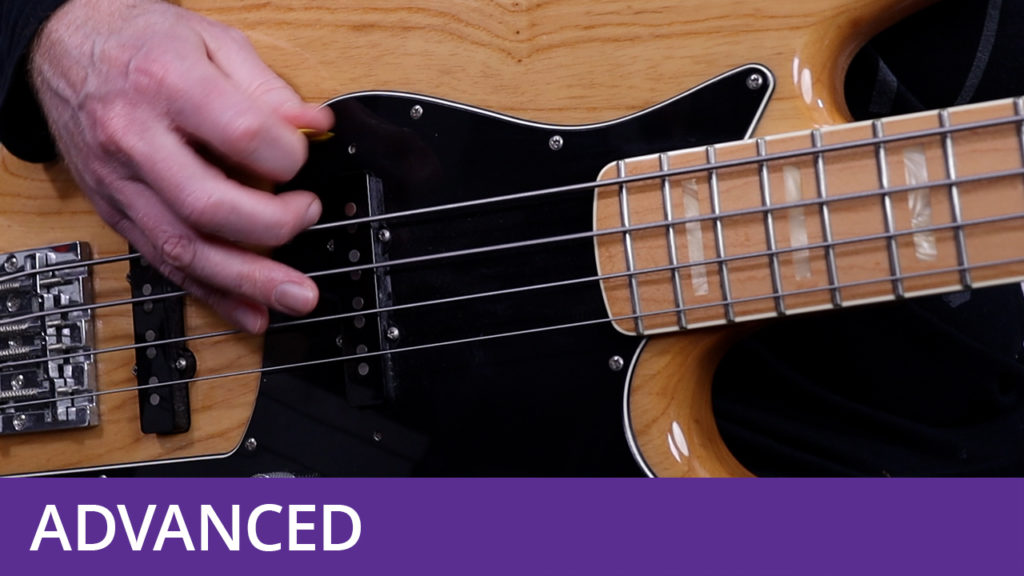20 Rock & Metal Basslines
Course Duration: 1 Hour & 39 Minutes | Difficulty Level: 6
This video course is the first of three that will focus specifically on a single genre of music. First up: rock and metal. These exercises cover a wide range of styles, including classic rock, punk, funk rock, alternative rock and more. Rock and metal are perfect genres for getting stuck in with the plectrum and you should have a great time learning these exercises.
The majority of the exercises in this chapter are quite hard-hitting and you can afford to play them with a little more aggression. For these exercises – and those in the next two courses – no picking guides have been written. This has been done to encourage you to use everything that you have learnt to find the most logical picking patterns. Remember that it’s very rare to see picking guides written in bass guitar notation.
Don’t forget to hit the Download Resources button above in order to download the PDF worksheet and audio files for this course (available to subscribers only).



